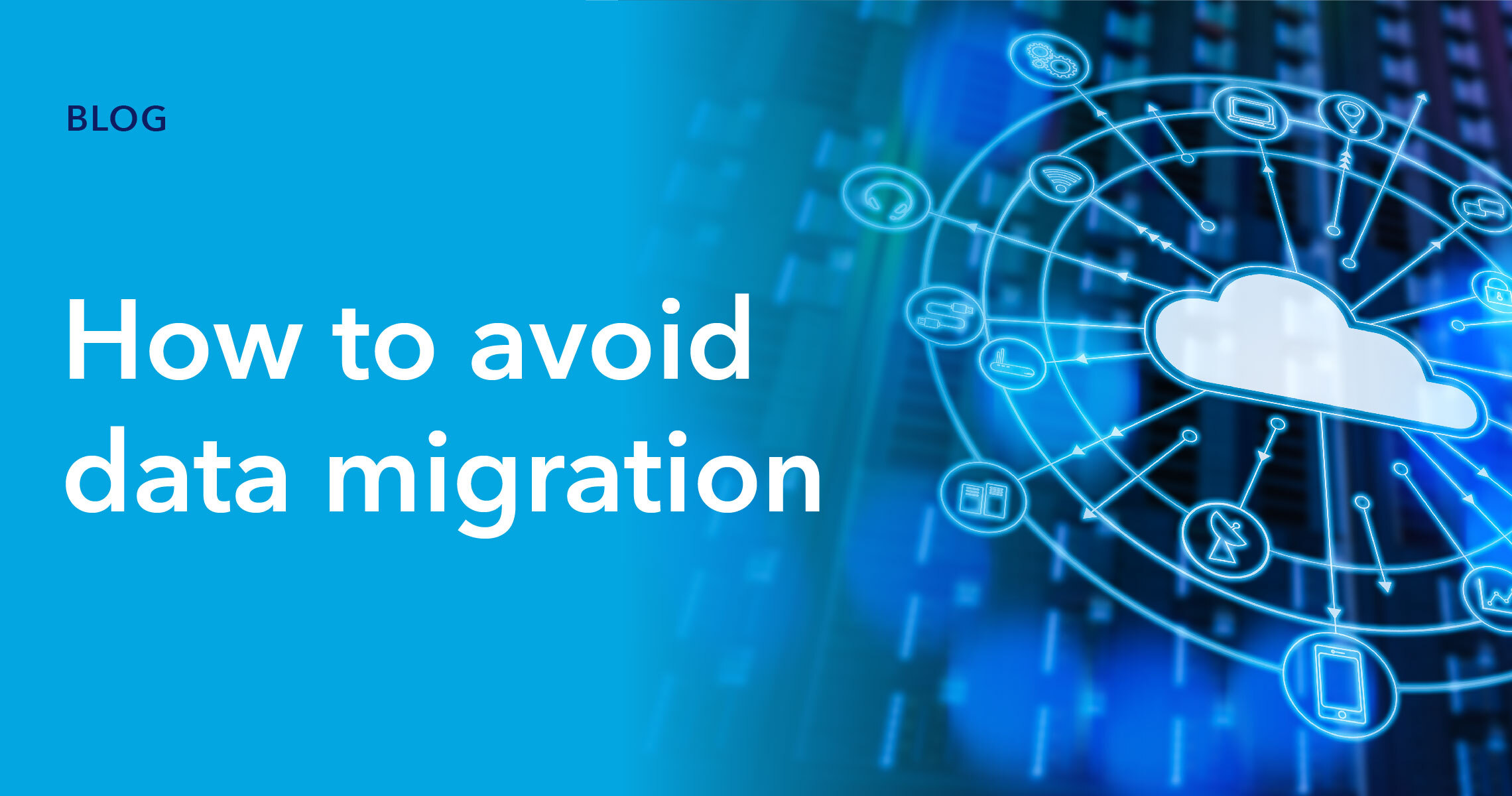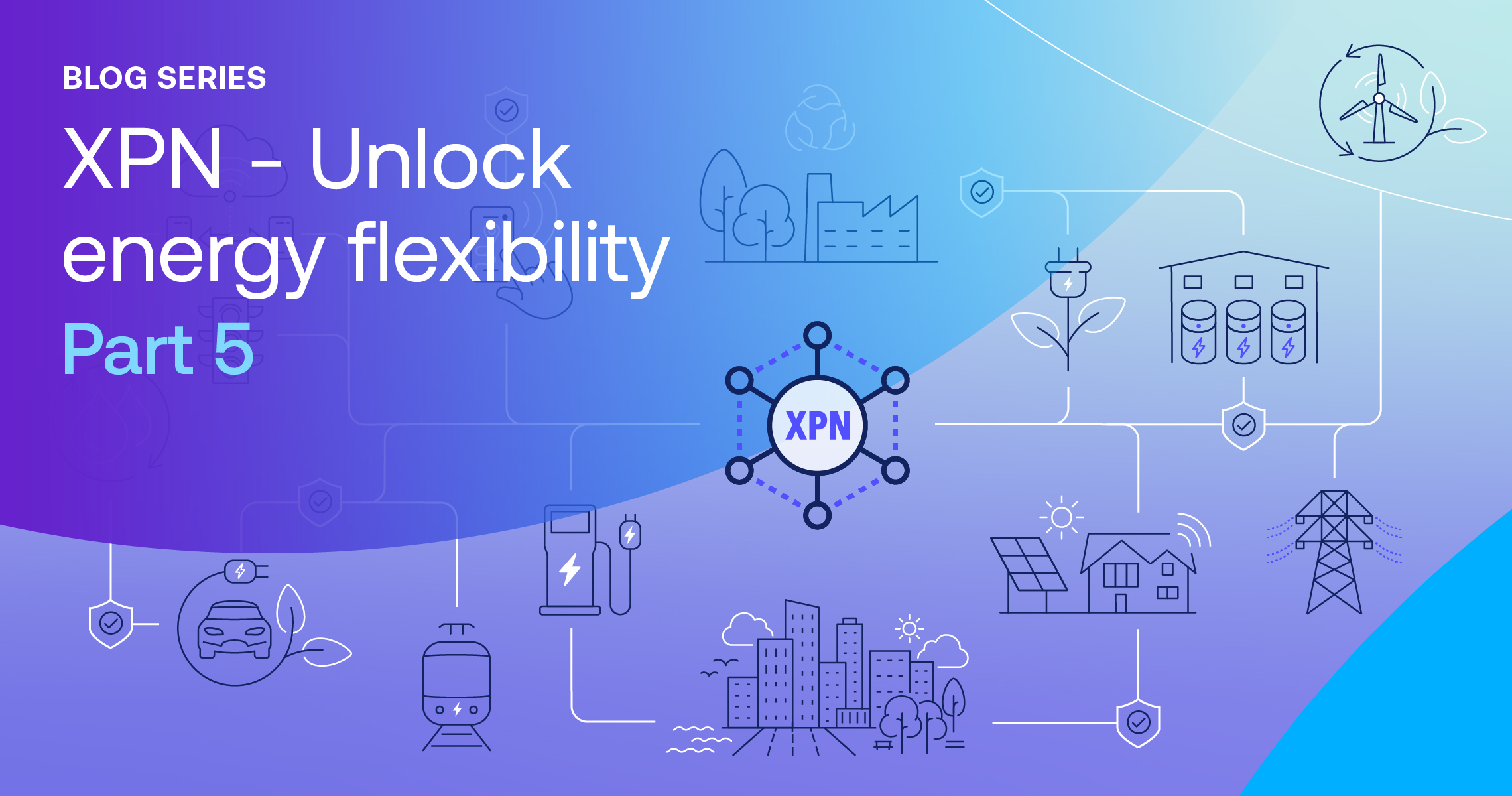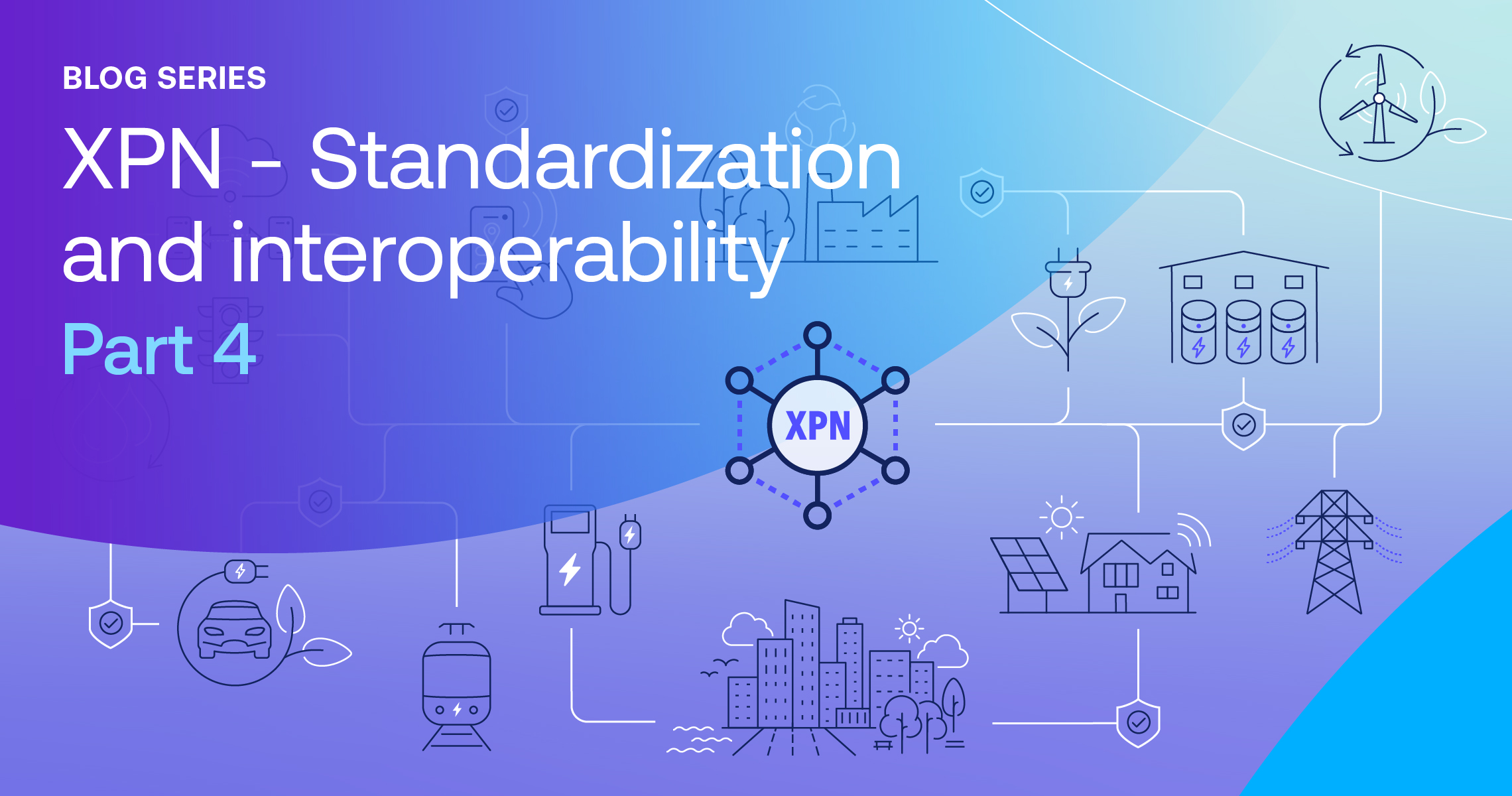Data migration is a regular practice for most data functions, and is most commonly used to prepare data for querying and analysis. Data migration may also be a part of major one-off projects, such as the relocation or restructuring of a company, moving to more advanced technology frameworks, or realigning with new third-party analytics providers.
Unfortunately, data migration is also a major source of data friction, which slows down data operations, increases costs, and reduces the value of insights provided. In this blog, we’ll explore some of the most common issues with data migration and why you should avoid data migration altogether.
The problems with data migration
Data migration is a challenging, high-risk project. In fact, data migration projects are so complex that almost 40% of them fail. From regulatory requirements to organizational barriers, here are some of the most common problems posed by data migration.
- Time: The transfer of data from legacy storage to the cloud or even aggregating data from an overflowing data lake takes time, particularly since assets have a long way to travel from source to end application. This costs resources and means your data function is not operating anywhere near its optimal level.
- Costs: Between the cost of paying for multiple storage options, DataOps resources, and additional software, data migration projects cost a lot of money, often more than is forecast. In fact, research finds 64% of data migration projects come in over budget. These costs significantly reduce the ROI for data functions and affect their organizational business case.
- Data interoperability: Different or unreadable formats, lack of compatibility, and incoherent access controls over legacy data assets create major interoperability issues during data migrations. These problems take time and resources to resolve and also limit the pool of data that can be queried.
- Regulatory requirements: There are strict rules in many jurisdictions that govern data security and access permissions, such as Europe’s GDPR and California’s CCPA. This means that all data migrations, even those that don’t involve third-parties, must be performed under rigorous data governance oversight. Organizations that don’t ensure that appropriate consent and usage issues are observed can trigger multi-million dollar penalties and lost consumer trust.
- Reducing value of insight: The purpose of data migrations, and data operations in general, is to produce business insight that can be used to improve revenue, streamline operations, and identify potential savings. However, many of these are time-bound, and the longer it takes for insights to be produced and delivered, the less valuable they are. Slow and incomplete data migrations lower the value of business insight gained and reduce DataOps ROI.
- Organizational barriers: A combination of siloed teams, dispersed data storage facilities, and varying software and data collection protocols can result in significant barriers to successful data migration. The larger the organization, the more difficult it is to align data operations and the bigger strain it becomes on data migration projects.
The solution to data migration: avoid it
If an intrinsic element of any function’s role is as problematic as data migrations are for data teams, then finding an alternative solution is a major success. Fortunately for data migrations there is a solution: avoiding them completely. This is possible through the use of interoperable data platforms, such as Intertrust Platform, which create a virtualized data layer that removes the need for data migrations.
Let’s take a look at how data platforms address all the main concerns around data migrations and ultimately replace their functionality.
Faster from storage to analysis
Intertrust Platform removes the need for data migration by creating a virtualized dataset, drawing together all data required for querying no matter where it resides. This greatly improves the speed from which data assets can be moved to analysis, without ever having to perform a data migration.
Reduced costs
Removing the need for data migrations saves resources on the process itself. It also allows organizations to use cheaper data storage methods, knowing that data can still be virtualized and accessed immediately and from any source.
Data governance
A major problem for data migrations is maintaining governance over data through all stages of its lifecycle, especially as it moves from one location to another. Intertrust Platform strengthens data governance architectures by allowing enforcement of fine-grained access controls down to row and column level. This allows data administrators to place strict rules on who can use data and how, ensuring regulatory compliance in line with relevant data permissions.
Uniform aggregation
Lack of uniformity is a major data friction point that lowers data quality and slows down analysis. A virtualized data platform overcomes this by creating a unified interoperable data layer, which allows analysis to be performed on data regardless of its format.
Secure execution environments
Data sharing and collaboration with other companies is an important part of modern business and a reason for data migration, but is often held back due to compliance risks. A data platform overcomes this by ensuring that analysis of shared data happens in secure execution environments that prevent data breaches. Utilizing containerized data through a data platform also ensures that third-party analytics providers can be used while still maintaining data security.
Intertrust can help
Data migrations are costly, take a long time, and carry inherent data compliance risks. These can be avoided by removing the need for data migration in the first place. Data platforms create a virtualized data layer that allows querying and analysis of any data set no matter where the data itself resides. Additionally, using a virtualized data platform enables greater data governance and access controls to ensure regulatory compliance and reduce organizational risk.
Intertrust Platform has been helping organizations around the world avoid data migrations, while simultaneously increasing security and improving data operation’s ROI. To find out how Intertrust Platform can do the same for your organization, you can read more here or talk to our team.
About Abhishek Prabhakar
Abhishek Prabhakar is a Senior Manager ( Marketing Strategy and Product Planning ) at Intertrust Technologies Corporation, and is primarily involved in the global product marketing and planning function for The Intertrust Platform. He has extensive experience in the field of new age enterprise transformation technologies and is actively involved in market research and strategic partnerships in the field.




